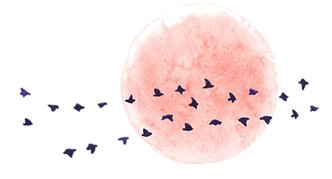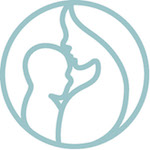Positive Body Awareness
Andrew Cook MSc RCST
Transformational Bodywork
 Treatment of pain
Treatment of pain

One way or another, most of the people who have walked into my clinic room over the years have come because they are in pain and want help so that they will no longer be in pain. Very often they say that their painkillers do not work, or that the effective painkillers have too many side effects and prevent them from getting on with a normal life. I have been able to provide help in most of these cases, regardless of the specific medical diagnosis.
The pain location is not always a good guide to the source of the problem
In over half of the cases of pain I have treated, the problem causing the pain has not been in the same place as the pain. This explains why the treatments these people had received before coming to my clinic had so far been unsuccessful. But also, sometimes aggressive treatments aimed at muscles that are painful can increase pain. So occasionally I have to carry out additional work to reverse the damage that has been caused by "no-pain no-gain" approaches. For example, I have seen a lot of sciatica patients who have had their buttock muscle on the painful side treated for months - when the real problem is on the opposite side.
In many cases where the pain is caused by something "elsewhere", the painful muscles are actually doing a useful job by keeping the body upright. Muscles are usually tight and painful because they are working very hard to hold the body together - because some other muscles are not so well embodied (and so are not engaged enough) and are too soft. Or some other part of the body is twisted and the tightness is reversing the twist. In which cases, deliberately attacking these muscles to make them release is a really bad case of shooting the messenger. If muscles and vertebrae need repeated attacks and adjustments to make them "behave" then something else is the problem, and the muscles/vertebrae being in that position and level of tightness is the solution your body has decided is the least worst compromise. The diagnostic approach used in my CST practice aims to identify why muscles are tight and address that in the most efficient way possible (rather than just attacking the site of pain and tension).
Chronic pain
...the painful muscles are actually doing a useful job by keeping the body upright...
Sometimes severe chronic pain enters a condition called "Central Sensitisation" - in which the brain becomes too "interested" in the pain, and so the senses increase the volume of the pain signal. In these circumstances a form of post-traumatic stress disorder (PTSD) sets in. My experience working with PTSD is particularly useful in these circumstances.
In cases of chronic pain and central sensitisation, often the body and mind have become locked in a battle, and this battle is one of the factors prolonging the pain. I can build on the coping strategies you have found useful and teach you how to use them to bring your body and mind into a more cooperative state. This usually has a substantial effect on reducing pain levels. These techniques have a far more general application, and I have started teaching them to other practitioners and to the general public.




<< ¦ Top ¦ Menu ¦ Front page ¦ Body-Mind ¦ CST/Clinic ¦ Contact ¦ Site Map ¦ Search
all content © Andrew Cook, Norwich UK, 2021



